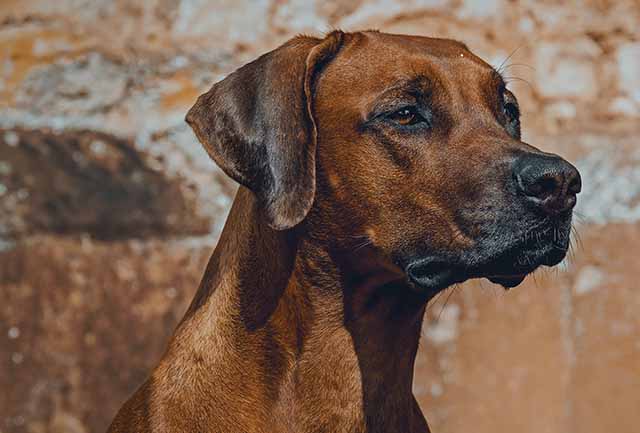Acatalasemia
L’ipocatalasia (nota anche come acatalasia, deficit di catalasia, ipocatalasia, acatalasia, malattia di Takahara o CAT) è un disturbo in cui l’organismo non produce una quantità sufficiente di enzima catalasi, che può provocare ulcere della bocca. Una mutazione semi-dominante che causa la malattia è stata osservata in una serie di razze, tra cui il Beagle, il Foxhound americano e il barboncino nano.

